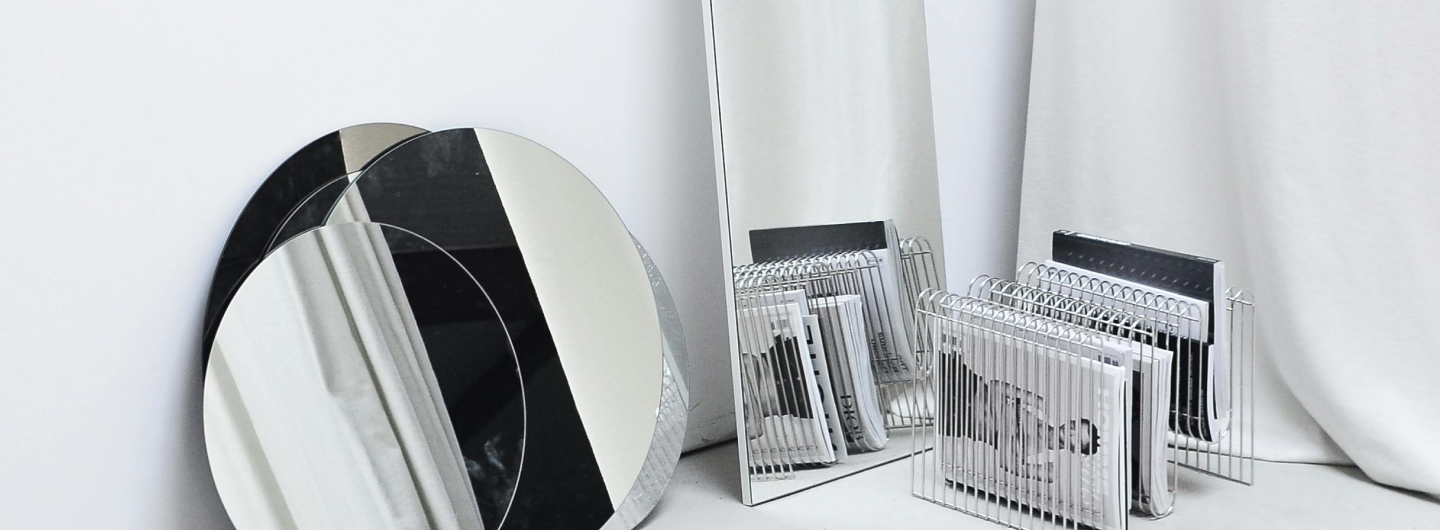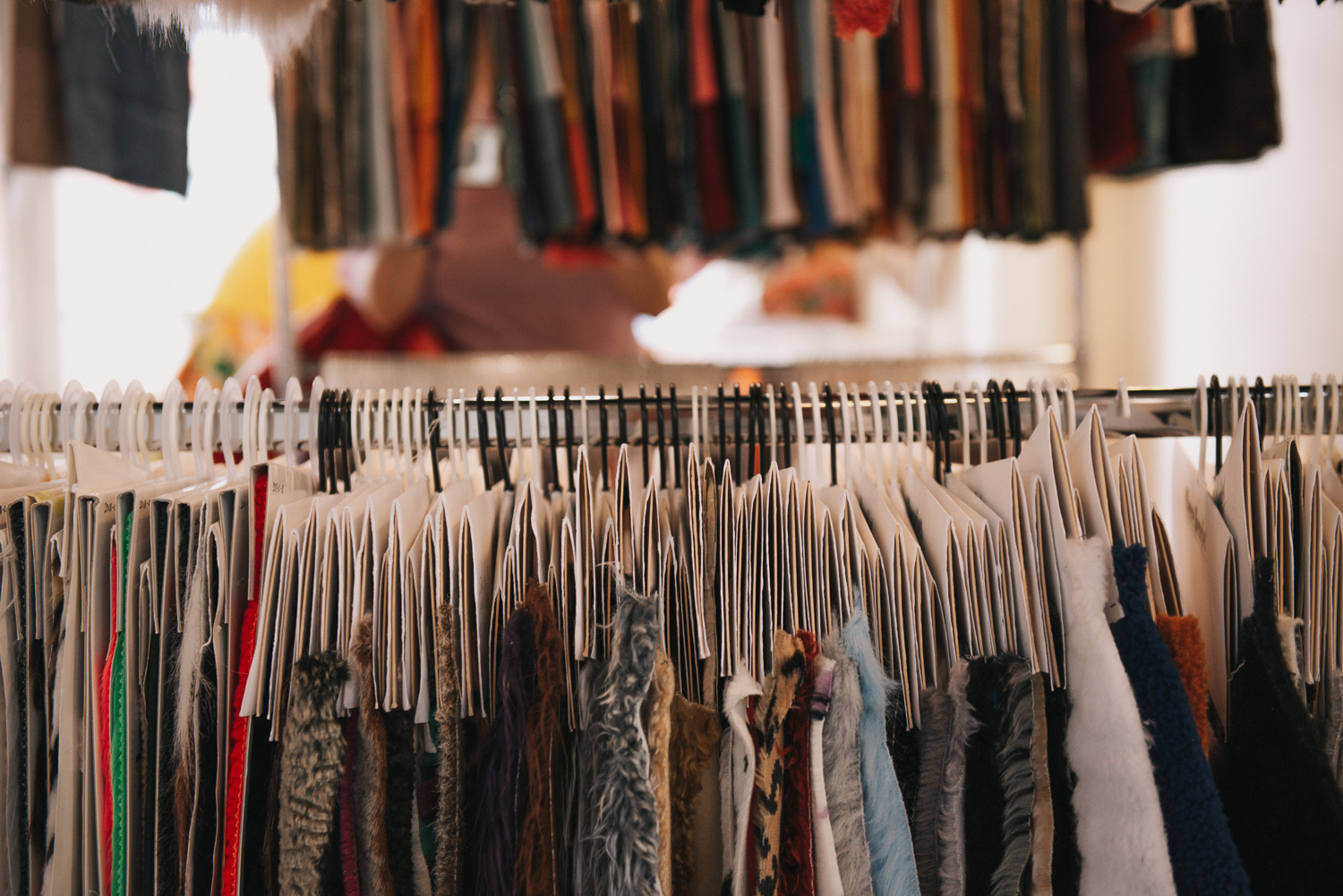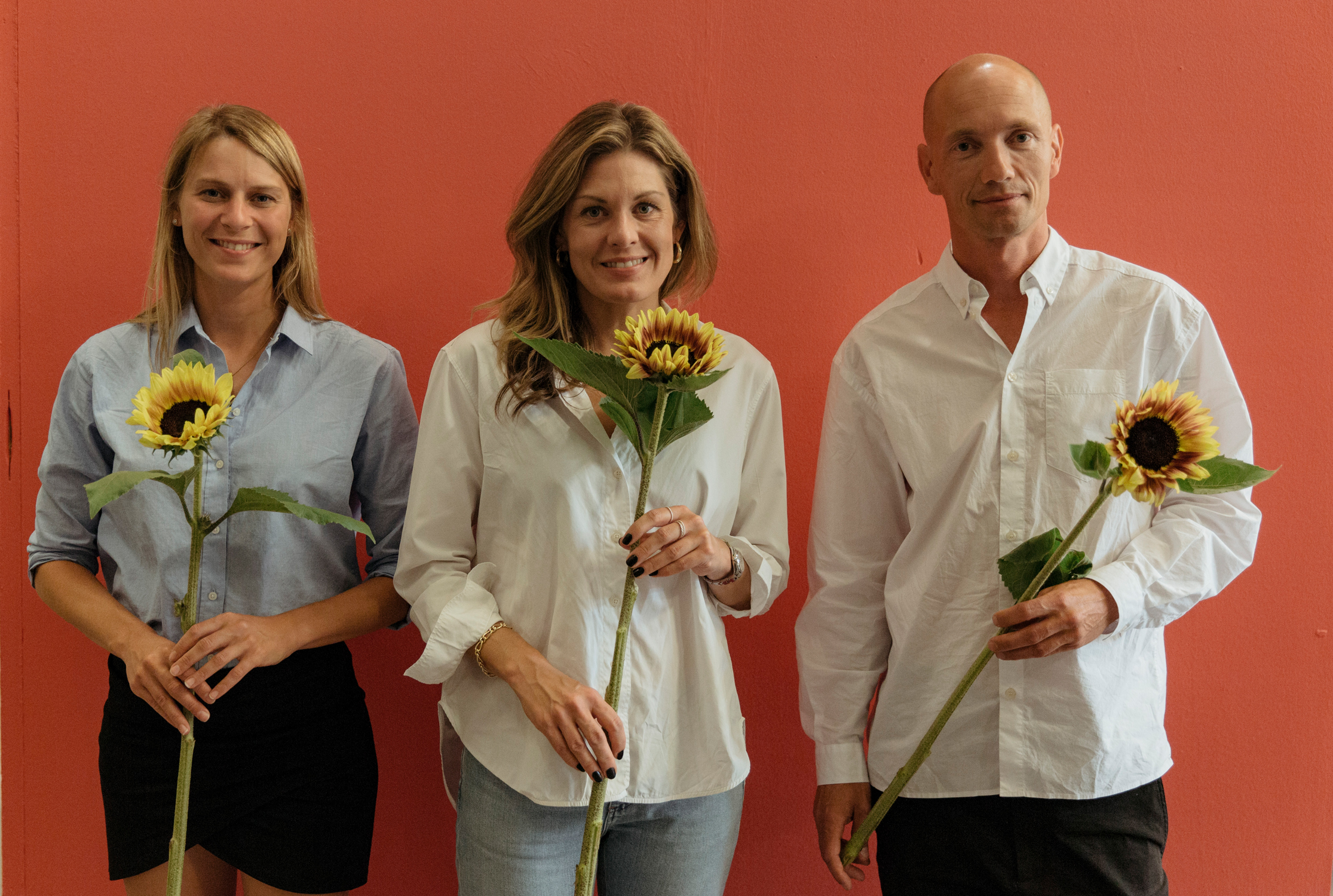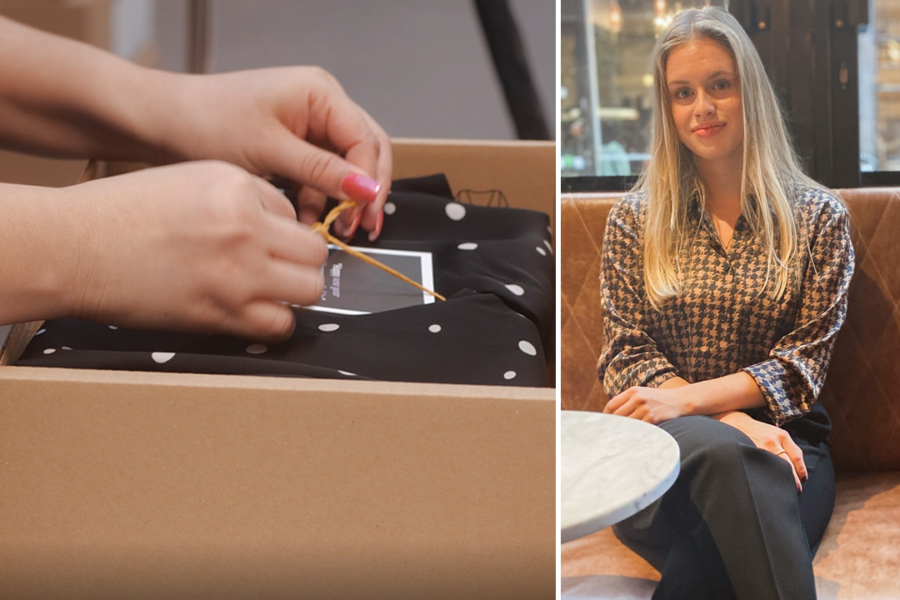
Hack Your Closet co-founder Mikaela Larsell Ayesa: “You need to be resource-efficient and think that your so-called junk is someone else’s primary resource”
It is no news that, for the sake of our world, we need to review the ways in which we produce, buy and use clothing today. This is as well as the fact that the need for new, sustainable solutions remains. One company that has built its business in response to this problem is the company Hack Your Closet, which offers customers a subscription service for clothing. Stockholm Fashion District has met Mikaela Larsell Ayesa, one of the company’s founders, for an interview. Below you can read about how Hack Your Closet themselves works with sustainability, Mikaela’s tips on how companies can review their processes, and how you as a company can inspire the customer to make more sustainable choices.
For readers who may not know you before, who are you, and what is your background?
I am the COO and co-founder of Hack Your Closet (HYC), a subscription service for clothes that was started in 2019 by my co-founder Lisa Gautier. It is a service that provides access to a wardrobe containing more than 65,000 garments and where you are matched with clothes that correspond to your style profile. It is with the help of data and our fantastic personal stylists that you get home four recommended garments each month, which you can use for four weeks before you send them back and receive new recommendations.
I have a M.Sc. in Engineering and have studied Design and Product Development at KTH with a master’s degree in Innovation Management. Before Hack Your Closet, I worked at various startups, but also at larger companies with smaller assignments, mainly focused on innovation and organization.
Tell us about Hack Your Closet, how did it all start?
It all started at home in Lisa’s living room where the first HYC boxes were prepared. Lisa has a background in marketing and digital design. She has worked at several startups, including Outfittery in Berlin as Art Director and Spotify here in Stockholm. Previously, Lisa had another company focused on digitizing the secondary market, so the experience of both the market and running companies was there. When she designed the business model for HYC, she gathered all her previous experiences, looked at trends in the clothing industry, and finally in the summer of 2019, Hack Your Closet was born.
I first met Lisa over a coffee where she told me about her idea and recently started the company. It was in a period when I had graduated and was looking for new challenges, and I quickly felt that HYC was something I would be passionate about when it combined Circular Economy which has long been part of my studies, innovation that I had both studied and worked with, as well as my interest in fashion.
What is the biggest reason why Hack Your Closet is needed?
Today, an incredible amount of clothing is consumed at a faster rate, while the clothes are used less and less often. The cycle of produce – buy – use – discard is getting shorter and today not only four collections a year are released from one clothing brand, but up to 16. This leads to an extremely large cost for our environment as the production of clothing is a major contributing factor to greenhouse gases and chemical emissions. Overproduction means that large quantities of clothes are not used and therefore Hack Your Closet takes in large volumes of clothes in perfect condition that for various reasons have not been sold or that are second-hand, and gives these garments a new life.
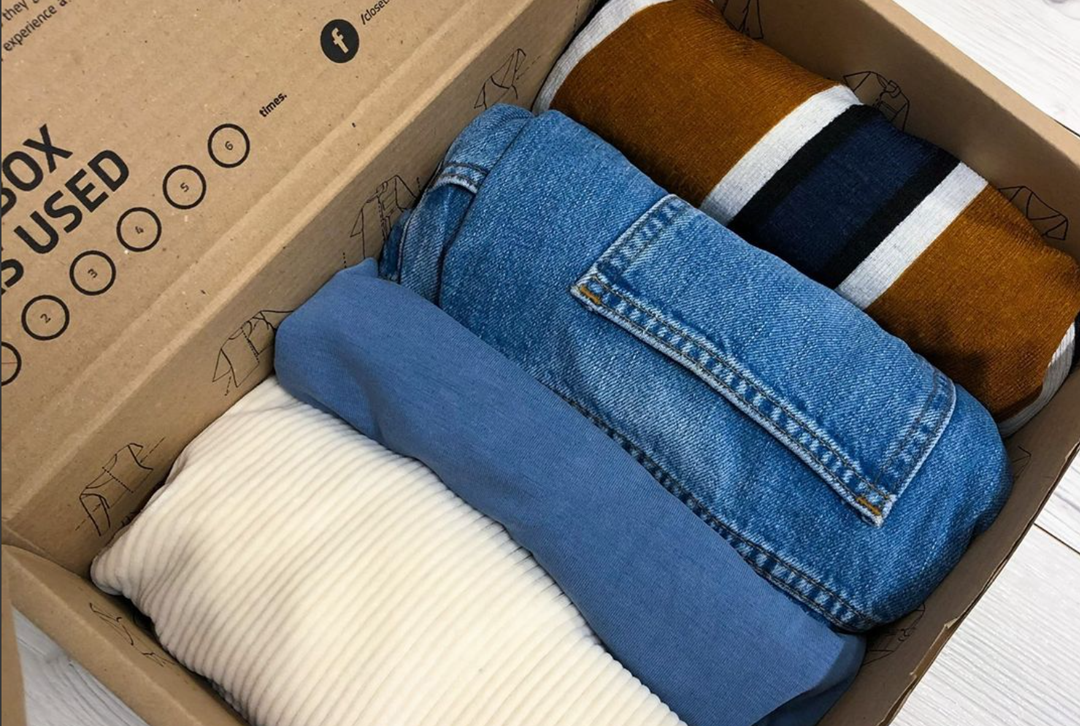
Photo: A box packed and ready to be sent to a customer.
Tell us more about how you work with sustainability at all stages of your work.
Sustainability permeates our entire organization, our processes, values , and decisions. Everything from making clothes last as long as possible with the help of repairs and careful washing processes, to our packaging being reused before it is recycled and the warm air from our dryers heating our offices. Excess wooden pallets and old shelves become tables and basically, all our office furniture is found second-hand. We have looked at our business from a holistic perspective where we at all levels should have a circular and “closed” flow so that we do not “leak” anywhere. We must not create our own waste that is not disposed of properly, because then we have a leak in our flow.
Do you have any tips on how companies can think to review their various processes in terms of sustainability?
You have to look at the organization from a systems perspective. It is good to assume that incineration is not an option and that rubbish does not exist. There is no such thing as throwing in the trash and suddenly making things “disappear”, nothing disappears. You need to be resource-efficient and think that your so-called “junk” is someone else’s primary resource, therefore there are several organizations to work with. Find these partners so that you can close the leak together.
How do you think can most easily inspire the consumer to choose more sustainable products and solutions?
I think there are many different ways to inspire, but a lot is about creating better alternatives to traditional consumption so that consumers prefer it. It can be about better prices, quality, design, or experience. One can also motivate for a more sustainable choice through incentives and rewards. If you understand what it is the consumer is attracted to the most, you have found the key to what would make the consumer choose your product or solution over someone else’s. Consumers who usually do not choose the most sustainable alternative are not drawn primarily to quality or long-term – how can these consumers be reached in other ways?
If you are curious to read more about Hack your closet you can read more about them on their site here or visit them on Instagram here.

